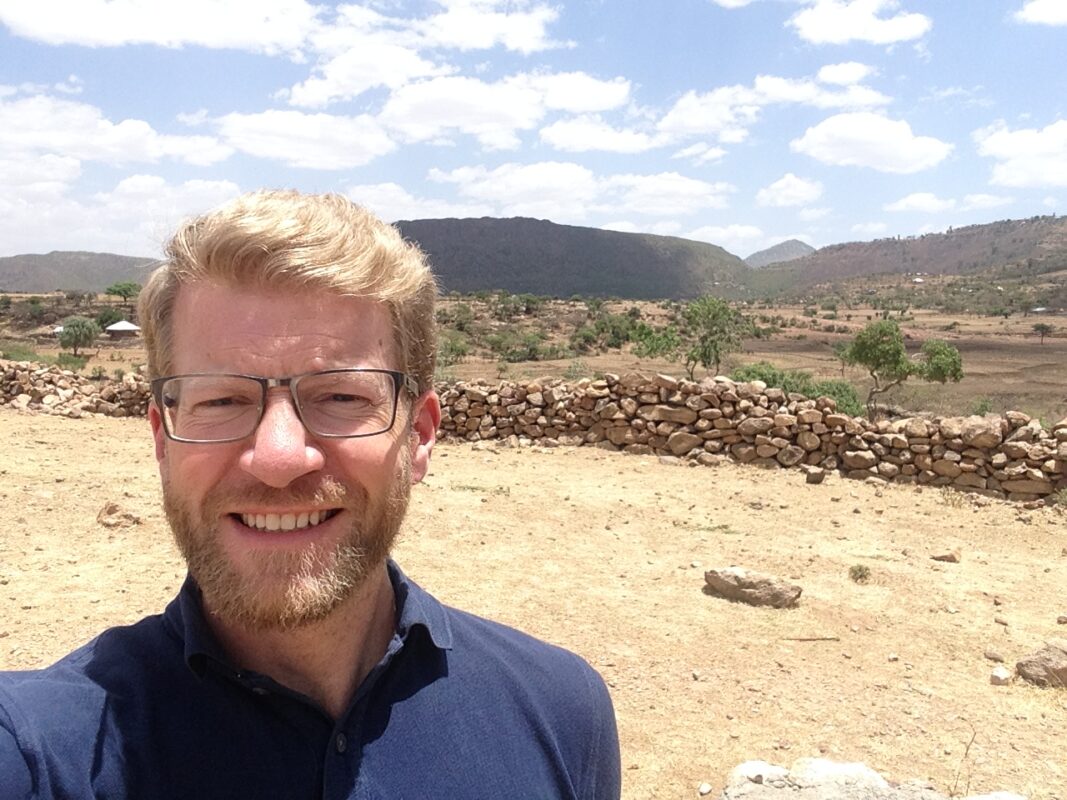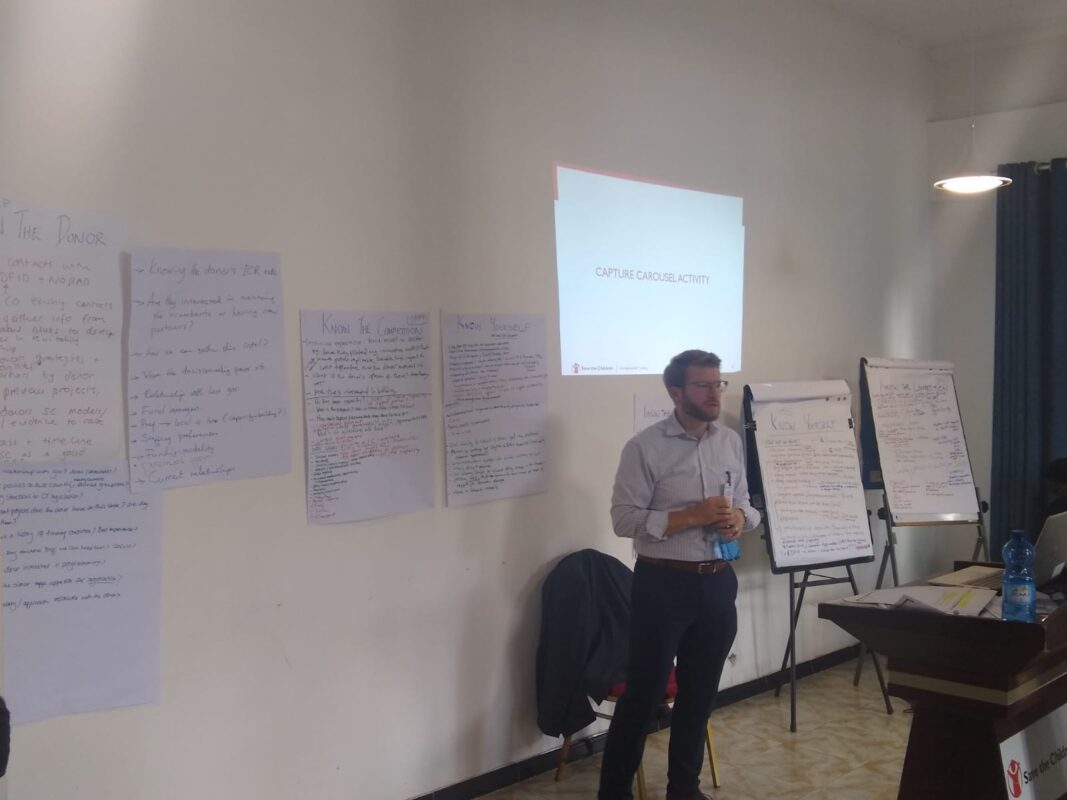When Paul Gianoli was pursuing a communications degree some 20 years ago in British Columbia, a career in global development was not in his plans — until he stepped foot in East Africa. A professor encouraged him to do a semester in Kenya as part of a new discipline that focused on leadership in multicultural contexts and communications as a driver of social transformation and change.
“The professor saw potential in me, and she invited me to explore something that had a very pivotal impact on my career trajectory,” he recalls. After graduating in 2005, Paul applied his communications degree in a number of different sectors and earned a master’s degree focusing on Global Development and Governance from George Mason University in 2017.
Before joining Creative in August 2024, Paul was the Business Development Director for Federal Integrated Services at Black & Veatch, a global employee-owned company focusing on energy, water, and mission-critical government services; and previously served in a field-based BD role in Ethiopia for Save the Children and as BD Director for Blumont.
What drew you to business development?
Part of my college studies focused on persuasion, rhetoric and debate. When I worked in advocacy around the United Nations, I always felt like the results and outcomes were a little intangible, or you ended up with a position statement. There’s a part of me that likes to have a very real impact. The ‘getting business done side of me’ wasn’t quite satiated. I think that is where business development became a very good fit for me.
Though I’m not necessarily implementing the projects, I’m working with those teams on program design that will become a reality in the field. Together, we ask questions such as, ‘How will the nuts and bolts of this activity come together?’ and then we work on the answers. It’s making the case as to why your program design is the best option and persuading donors that you’re the best team to get the job done.
How did your two years in Ethiopia shape your views on business development?
Prior to my time in Ethiopia, I was always very passionate about partnering with our field teams, regional offices and staff while serving in HQ-based roles. I wanted them to know that we were supporting them as they did the really difficult work of delivering on the ground.


My two years in Addis with Save the Children were very formative as they really allowed me to understand the realities facing field teams. It allowed me to better empathize with in-country teams, understand how to localize approaches and how to think through how local actors are engaged and leading the change.
It was a two-way street. I used the time to build the technical skills of the field staff and grow the talent base so they could have leadership roles in business development. That’s ultimately what we want.
Is business development all about sales?
Business development is a critical link in the ecosystem of international development. We can’t do the work in the field without mobilizing resources, whether they are financial, human or other assets.
I define business development as a center of excellence that harnesses an organization’s technical expertise and operational capabilities to successfully pursue a funding opportunity. We catalyze, scale and mobilize resources to support the mission and the challenges that the client seeks to address.
BD is about channeling what you know towards human development outcomes. You may have a great idea or a great technical approach, but unless enough people understand what you are proposing and it gets funded, it doesn’t go anywhere. There are valid critiques of the development industry that we have to listen to. At the same time, development is not something that just happens. There’s an economy around it, and we’re an essential bridge.
What makes for a winning proposal?
It is easy to get overwhelmed by the practicalities of a proposal, such as tight deadlines, a lack of staff and budget constraints. However, if we get the fundamentals down pat, then we can innovate. By the word ‘innovate,’ I mean we can bring our unique story to a proposal.
For a proposal to succeed, you need to get the nuts and bolts taken care of, so your energy and the team’s creative synergy are focused on the ‘why,’ that is ‘why are we doing it this way?’ It is at that point when we can explain what is unique about Creative, our take on the situation or an understanding of the country that we’ve developed through co-creation with our local partners. Telling our story and driving at the mission is the moment when it becomes fun. It’s about bringing that energy and creating something new for that specific moment in time for that country, participant or donor.